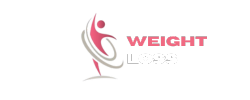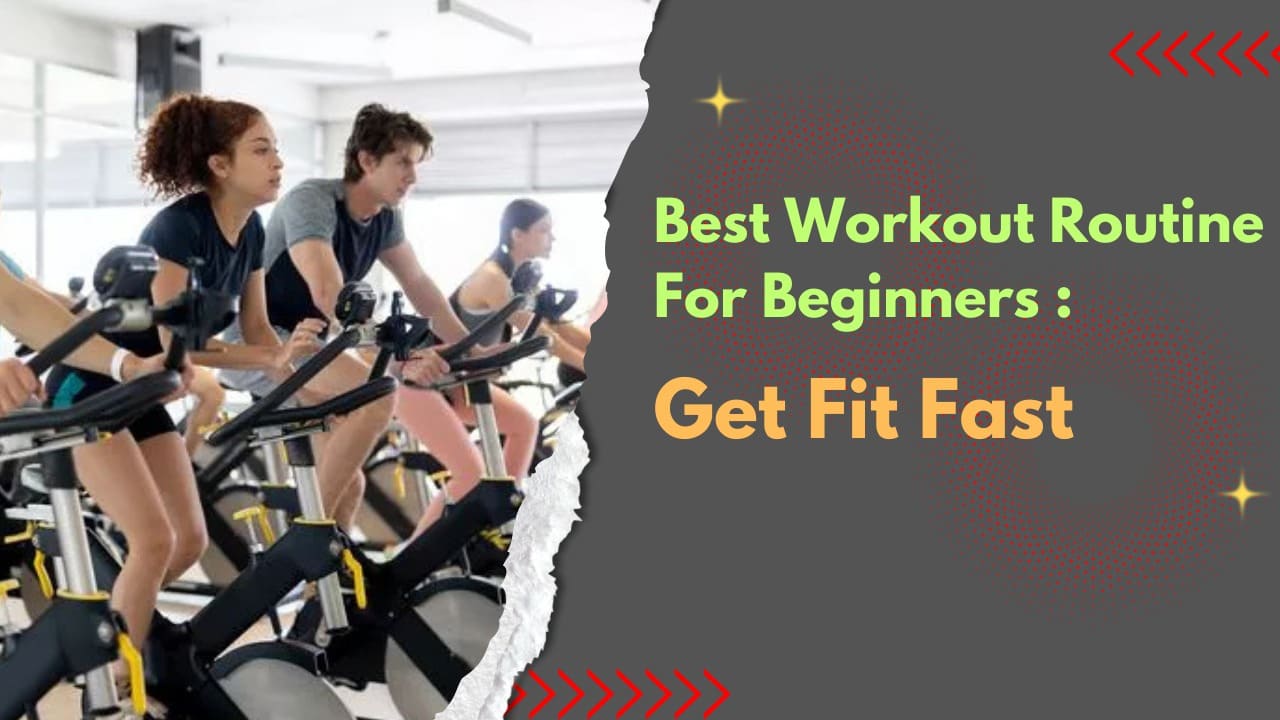Starting a fitness journey is a rewarding decision for both your health and confidence. However, beginners often find the world of fitness overwhelming, with countless workout plans, confusing terms, and mixed advice. Knowing where to start can be challenging.
This guide is here to make things easier. It will walk you through the best workout routines for beginners, breaking down essential exercises and providing clear explanations. Whether you’re aiming for weight loss, muscle gain, or simply healthier habits, this guide will help you create a structured plan.
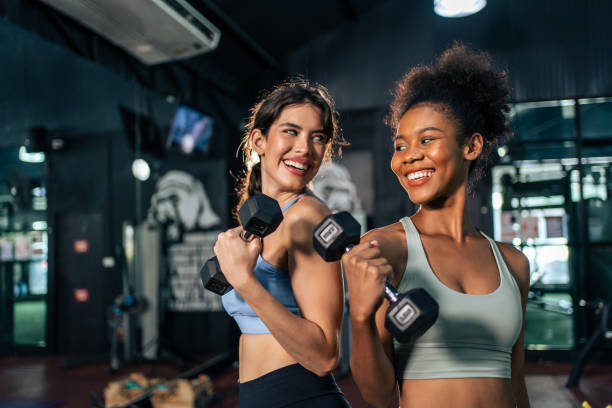
With practical tips and beginner-friendly workout routines, you’ll have the tools you need for success. From improving stamina to building strength, following a well-designed fitness plan will set you on the right path. Start confidently with a clear, manageable routine, and you’ll see progress in no time.
Why Working Out Matters
Before we dive into specific routines, it’s important to understand why exercising is so crucial:
Improved Physical Health: Regular exercise is essential for preventing chronic health conditions such as diabetes, heart disease, and obesity. By staying active, you can maintain a healthy weight, improve your cardiovascular health, and reduce the risk of developing serious long-term health issues. Finding the best workout routines for beginners can set you on the right path to better physical health.
Mental Well-being: Physical activity has a powerful impact on mental health. When you exercise, your body releases endorphins, natural mood boosters that help alleviate stress, anxiety, and depression. Consistent exercise routines can promote mental clarity, emotional stability, and a greater sense of well-being, making it easier to manage daily challenges.
Increased Energy Levels: Moving your body regularly boosts blood flow and increases oxygen to your muscles, leading to higher energy levels. As you engage in more physical activity, you’ll feel more energized throughout the day. Finding the best workout routines for beginners can help you gradually build stamina, making it easier to maintain a healthy energy level.
Better Sleep: Exercise plays a key role in improving sleep quality. It helps regulate your sleep cycle, making it easier to fall asleep and stay asleep through the night. Regular physical activity promotes deeper, more restful sleep, which is essential for overall health and well-being.
Confidence and Discipline: Regular fitness routines not only improve physical strength but also build mental toughness and discipline. As you stick to a consistent exercise schedule, you’ll develop better focus, time management, and self-confidence. With the best workout routines for beginners, you can make fitness a positive, life-enhancing habit that boosts both body and mind.
How to Approach Your First Workouts
Set Realistic Goals
Instead of aiming for a drastic transformation in just a month, focus on setting simple and achievable goals. Start with manageable steps, such as working out three times a week, increasing your workout duration gradually, or aiming for small improvements in strength and endurance. By setting realistic milestones, you’ll build confidence and see steady progress. Following the best workout routines for beginners will ensure you stay on track, allowing you to enjoy the journey and reach your fitness goals in a sustainable way.
Exercising 3 times a week
Walking 10,000 steps a day
Completing a 30-minute workout
Learn the Basics
Understanding the main types of workouts is key to creating a balanced fitness routine. Incorporate strength training, cardio, flexibility, and endurance exercises for overall health. By focusing on the best workout routines for beginners, you can ensure a comprehensive approach that supports all aspects of your fitness goals.
Cardio (Aerobic): Activities like walking, running, swimming, and cycling that increase your heart rate.
Strength Training: Exercises using bodyweight or resistance to build muscle (e.g., squats, push-ups, lifting weights).
Flexibility & Mobility: Stretching, yoga, and mobility drills to improve joint health and prevent injuries.
Balance & Core: Exercises like planks, single-leg stands, and stability ball workouts that strengthen the midsection and improve coordination.
Start Slow
Your body requires time to adjust to new workouts. Overtraining or using poor form can result in injuries and burnout. Start with light intensity to allow your muscles and joints to adapt. Gradually increase the load as you gain strength and endurance. By following the best workout routines for beginners, you can progress safely while avoiding the risk of overexertion or injury.
Weekly Best Workout Routine For Beginners
Here’s a sample 4-week plan you can follow as a beginner. It balances cardio, strength, and recovery to keep you motivated and injury-free.
Week 1–2: Foundation Phase
Goal: Get your body moving consistently, build confidence, and learn proper form.
| Day | Activity | Duration |
|---|---|---|
| Monday | Full-body strength (bodyweight) | 30 minutes |
| Tuesday | Brisk walk or light jog | 30 minutes |
| Wednesday | Rest or gentle yoga | – |
| Thursday | Strength training (lower body focus) | 30 minutes |
| Friday | Cardio: cycling or swimming | 30 minutes |
| Saturday | Mobility/stretching session | 20 minutes |
| Sunday | Rest | – |
Week 3–4: Progression Phase
Goal: Increase intensity and variety to challenge your muscles and cardiovascular system.
| Day | Activity | Duration |
|---|---|---|
| Monday | Strength (upper/lower split) | 40 minutes |
| Tuesday | HIIT or interval cardio | 20–30 minutes |
| Wednesday | Yoga or mobility work | 30 minutes |
| Thursday | Strength (full-body) | 40 minutes |
| Friday | Moderate-intensity cardio | 30 minutes |
| Saturday | Core + balance training | 30 minutes |
| Sunday | Rest | – |
Detailed Beginner-Friendly Workouts
Full-Body Bodyweight Workout
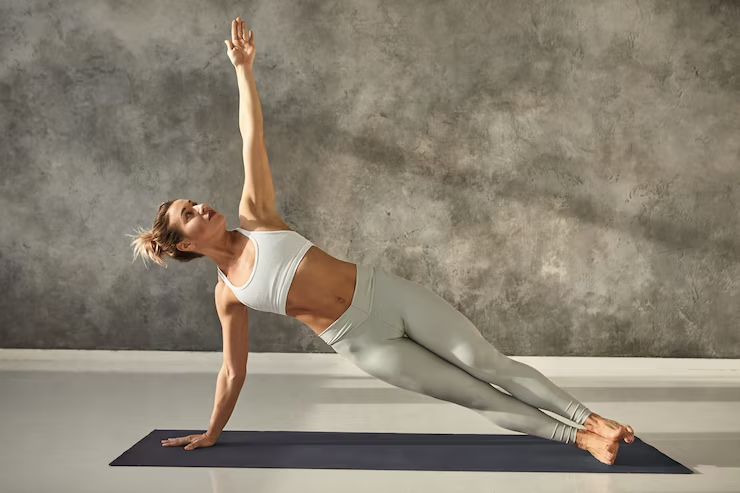
A full-body bodyweight workout is an excellent choice for beginners looking to build strength and endurance without any equipment. This type of workout targets all major muscle groups, including the legs, core, and upper body, making it a well-rounded option.
Starting with exercises like squats, push-ups, lunges, and planks can help you develop a solid fitness foundation. These movements require no equipment, making them accessible for anyone, regardless of location or fitness level.
Incorporating a full-body bodyweight routine into your fitness plan is one of the best workout routines for beginners. It allows you to gradually increase intensity as you progress, helping you improve overall strength and flexibility while minimizing the risk of injury.
Duration: 30–40 minutes
Equipment: None
| Exercise | Sets | Reps |
|---|
| Bodyweight Squats | 3 | 12–15 |
| Push-Ups (knee if needed) | 3 | 8–12 |
| Glute Bridges | 3 | 15 |
| Plank Hold | 3 | 20–30 sec |
| Bird Dog | 3 | 10 per side |
Tip: Focus on quality, not speed. Maintain good form throughout.
Beginner Cardio Routine (Low-Impact)
A beginner cardio routine that focuses on low-impact exercises is ideal for those new to fitness or looking to avoid joint strain. Low-impact movements like walking, cycling, and swimming are gentle on the body while still offering a great cardiovascular workout.
Starting with 20-30 minutes of low-impact cardio a few times a week can help you build stamina and improve heart health without overloading your body. These exercises also aid in weight management and boost overall energy levels.
Incorporating low-impact cardio into your fitness routine is one of the best workout routines for beginners. As your fitness level improves, you can gradually increase the intensity or duration to continue challenging your body while maintaining a safe, sustainable approach.
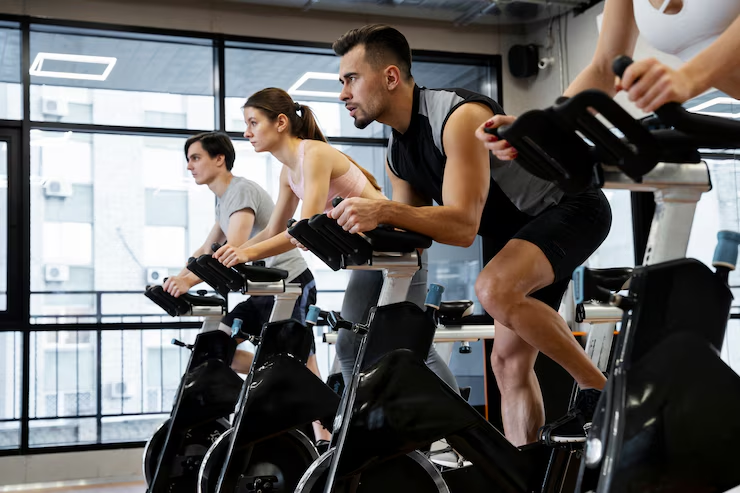
Options: Brisk walking, stationary biking, swimming, or elliptical
Duration: 20–30 minutes
Structure:
Warm-up: 5 minutes of light movement
Steady state cardio: Maintain a pace where you can talk but not sing.
Cool-down: 5 minutes light pace + stretching
Alternative: Try interval walking – 1 minute brisk pace, 2 minutes slow, repeat.
Strength Training with Dumbbells
Strength training with dumbbells is a fantastic way for beginners to build muscle and improve overall strength. Dumbbells are versatile and allow for a wide range of exercises, targeting various muscle groups such as the arms, shoulders, chest, and legs.
Starting with lighter weights, beginners can perform exercises like dumbbell squats, presses, and rows to focus on form and technique. These movements are excellent for building a strong foundation in strength training.
Incorporating dumbbell exercises into your routine is one of the best workout routines for beginners. Gradually increasing the weight and intensity will help improve muscle tone and endurance, while also reducing the risk of injury. As you progress, you’ll see noticeable improvements in both strength and overall fitness.
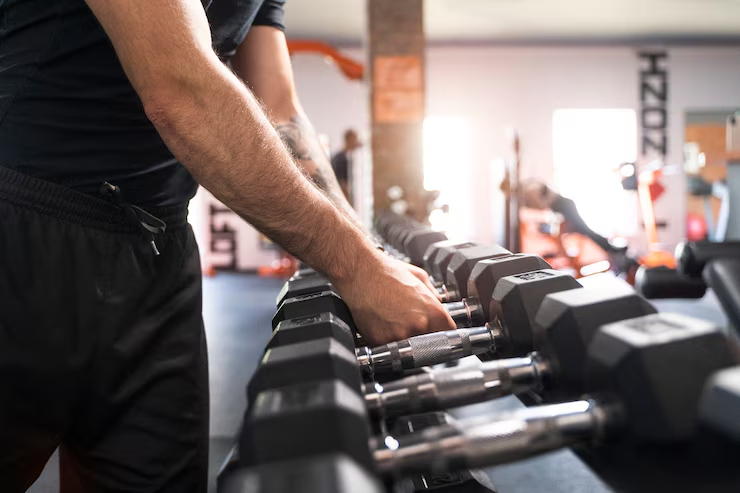
Duration: 35–45 minutes
Equipment: Pair of light dumbbells (5–10 lbs)
| Exercise | Sets | Reps |
|---|---|---|
| Goblet Squats | 3 | 12 |
| Dumbbell Chest Press | 3 | 10–12 |
| Bent-Over Rows | 3 | 12 |
| Overhead Shoulder Press | 3 | 10 |
| Standing Calf Raises | 3 | 15 |
Tip: Choose weights that challenge you by the last 2 reps, but don’t sacrifice form.
Core & Balance Routine
A core and balance routine is essential for beginners looking to improve stability, posture, and overall strength. Core exercises target muscles in the abdomen, lower back, and hips, which are crucial for maintaining good posture and preventing injuries.
Start with simple exercises like planks, leg raises, and bird dogs to engage your core. These movements help build a strong foundation and improve balance, which is key to performing other workouts safely.
Incorporating core and balance exercises into your routine is one of the best workout routines for beginners. As you progress, you can increase the difficulty by adding variations or using stability equipment like a balance ball or resistance bands. A strong core improves your performance in other workouts and enhances daily activities.
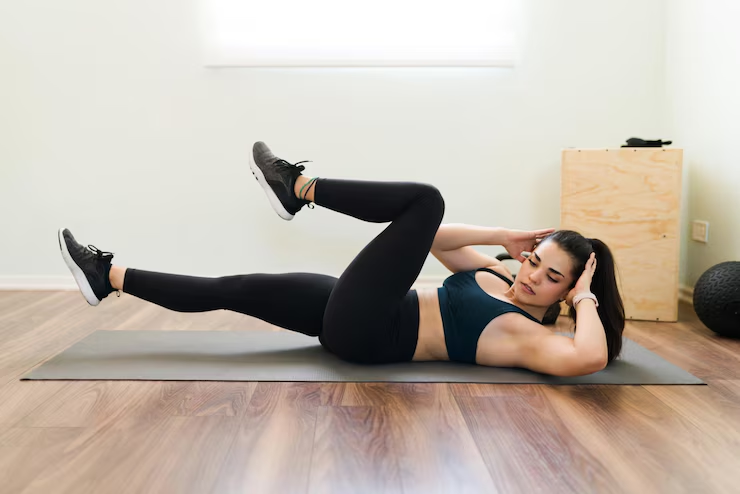
Duration: 20–30 minutes
Equipment: Mat or towel
| Exercise | Sets | Reps |
|---|---|---|
| Plank | 3 | 30 sec |
| Dead Bug | 3 | 10 per side |
| Russian Twists (no weight) | 3 | 15 per side |
| Standing Knee Raises | 3 | 15 per leg |
| Side Plank | 2 | 20 sec per side |
Tips for Long-Term Success
Track Your Progress
Use a workout journal or app to track:
Exercises performed
Sets and reps
Weight used
How you felt after the workout
Stay Consistent, Not Perfect
Missing a workout every now and then doesn’t mean you’ve failed. The key to success is staying consistent over time, not striving for perfection every day. It’s normal to have some off days, but focusing on a steady, consistent effort week after week will lead to long-term results. The best workout routines for beginners emphasize consistency, helping you stay on track even during tough moments.
Listen to Your Body
Your body will give you signals, and it’s important to listen to them. Pain should never be ignored, as it can be a sign of injury. Learn to distinguish between muscle soreness, which is normal after a workout, and actual pain that could lead to harm. Recovery and rest are essential parts of any fitness plan, including the best workout routines for beginners, ensuring your body heals and grows stronger over time.
Hydration and Nutrition Matter
What you eat and drink plays a major role in your fitness journey. Staying hydrated and fueling your body with the right nutrients will help improve performance and recovery. Aim for balanced meals that include protein, healthy fats, and complex carbohydrates. This will support muscle growth and provide sustained energy. Following the best workout routines for beginners, combined with proper nutrition, can maximize your progress and keep you energized.
Celebrate Small Wins
Every step forward is progress, no matter how small it may seem. Whether you’re lifting more, lasting longer, or simply showing up to your workout, these wins deserve recognition. Acknowledging your improvements helps build momentum, making it easier to stay motivated. The best workout routines for beginners are designed to help you celebrate these small victories, which ultimately lead to greater success in your fitness journey.
Common Mistakes to Avoid
Doing Too Much, Too Soon: Jumping into intense workouts without preparation can lead to injury and burnout. The best workout routines for beginners focus on gradual progress to keep you safe and motivated.
Skipping Warm-Ups and Cool-Downs: Avoiding warm-ups or cool-downs can increase the risk of soreness and injury. The best workout routines for beginners always include time to prepare and relax your muscles properly.
Not Learning Proper Form: Using poor form during exercises can limit your progress and increase the risk of injury. The best workout routines for beginners emphasize correct technique to build a strong, safe foundation.
Comparing Yourself to Others: Everyone progresses at their own pace. The best workout routines for beginners encourage focusing on your own goals and improvements rather than comparing yourself to others.
Neglecting Recovery: Muscle growth happens during rest, not just while exercising. The best workout routines for beginners include recovery days to support healing and long-term progress.
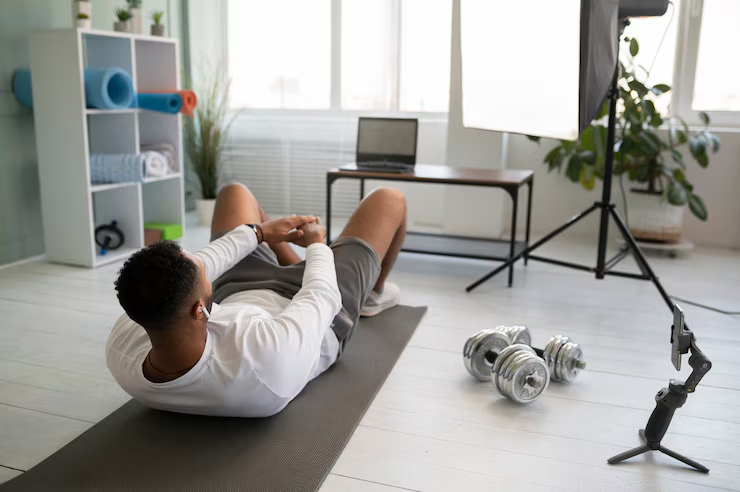
Conclusion
Starting your fitness journey can feel overwhelming, but with the right mindset and approach, it becomes a rewarding and life-changing experience. By focusing on consistency, listening to your body, and choosing routines that match your level, you lay a strong foundation for long-term success. The best workout routines for beginners are those that balance strength, cardio, and flexibility while promoting safe and gradual progress.
Remember, every small step counts—whether it’s completing a short workout, improving your form, or simply staying committed. Don’t rush the process or compare yourself to others. Instead, trust your journey, stay positive, and celebrate every improvement along the way.
With patience and persistence, fitness will become a regular part of your lifestyle. Explore the best workout routines for beginners that suit your needs and goals, and let them guide you toward better health, energy, and confidence every day. Your transformation begins with your first step.
FAQs
- What is the best way to start working out as a beginner ?
Start with simple exercises like walking, bodyweight movements, or light dumbbell workouts. Focus on consistency, proper form, and gradually increasing intensity. - How many days a week should beginners work out ?
Most beginners benefit from 3 to 4 workout days per week. This allows time for recovery while building a solid fitness habit. - Do I need equipment to follow the best workout routines for beginners ?
No, many beginner routines use bodyweight exercises. Equipment like dumbbells or resistance bands can be added later for progression. - How long should beginner workouts last ?
Workouts can be 20 to 30 minutes long at first. As your endurance improves, you can increase duration based on your goals. - What should I eat before and after a workout ?
Eat a light snack with carbs and protein before working out, and refuel with a balanced meal after to support recovery.
